Hello friends of @steemiteducation, the education of our children is paramount for us as parents and this is why we always have to be in search of the best teaching tools that help us transmit knowledge in a practical and fun way.
Home experiments are a very valuable tool that we have to make the most of, they offer us endless possibilities that we must use to teach.
The other day a friend of my children taught us how to make an origami paper cup that can hold water for a while and can be used to drink. The idea called us so much attention that we set ourselves a challenge: design a paper cup that manages to exceed the performance of the original.
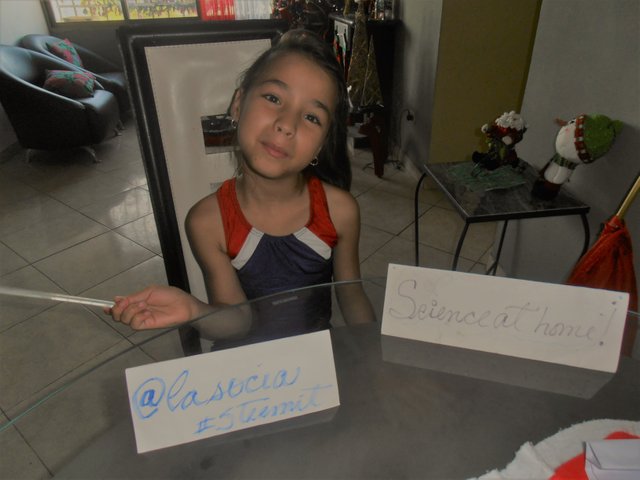
Today we will perform a super fun experiment in which children learn about the properties of paper. So start the fun!
Let's design a functional glass with a sheet of paper !!
Materials:
- Several sheets of paper size folio.
- Tray to contain possible water spills.
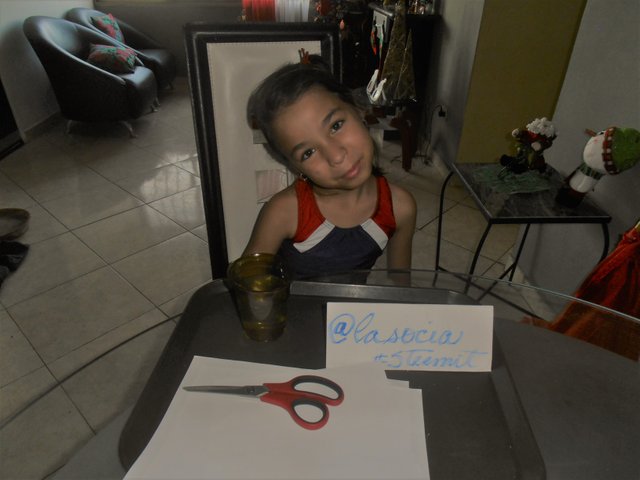
Process:
- Design at least one glass by folding paper. The use of glue, staples or adhesive tape is not allowed for this challenge.
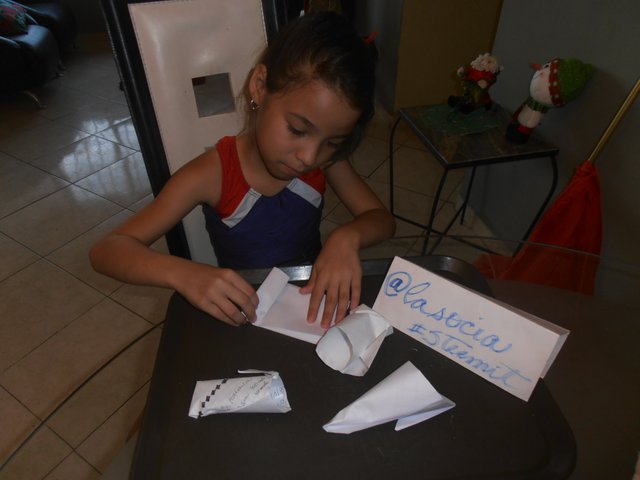
- Test your designs by adding water. Count the seconds that pass until the glass stops fulfilling its function. Surely not hold much time intact, but what is sought is that there is a sudden break of the base, but to resist as much as possible after it begins to drip.

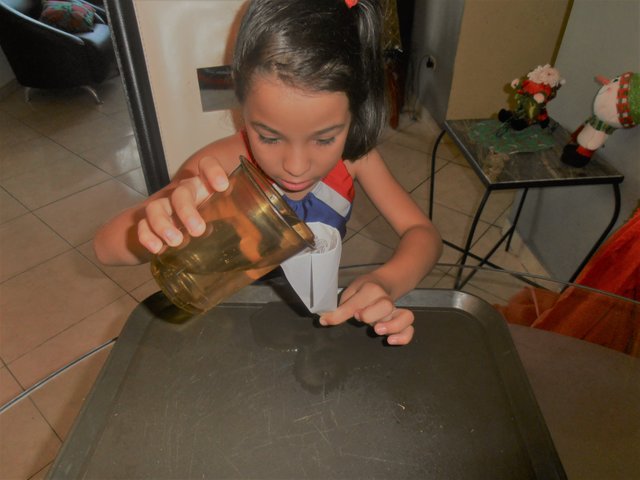
- Draw conclusions: what is the first thing that fails? Is there any area that could be reinforced? Would it be better to make more or less folds?
- Does the conical shape work better? Use what you have learned by experimenting with prototypes to improve the product.
In our experience, the most resistant design is the one with the widest base, with a double layer of paper in the area where the water is located and with the least number of folds possible. Anyway, whatever we do, there is one thing true: paper does not tolerate the action of water.
Why is paper so weak with water?
This question, expressed in another way, is the one that occurred to my daughter. Since I did not know the answer, I did a search in the forums of physics experts. I found two explanations that seemed reasonable:
Paper is composed of interlaced chains of cellulose (a molecule that forms plant walls) joined by hydrogen bonds. Hydrogen bridges are electrostatic type junctions. (We are familiar with them because they are formed between water molecules.)
The first explanation is based on the fact that water interferes with the hydrogen bridges that hold the cellulose fibers of paper together. Without enough hydrogen bonds, the fibers separate and the paper breaks easily.
The second explanation has to do with the tiny size of the water molecule. Apparently, the water is so small that it enters the holes between the cellulose fibers as a lubricant. The decrease in friction introduced by the lubricant causes the strands to separate and the paper to weaken.
Probably both reasonings are valid and the action of water on paper is due to a combination of both phenomena.
At the end of the experiment we wanted to show you the paper cup that we learned to make is super easy, my daughter already learned how to do it and can improvise a glass at any time with a sheet of paper.
The best thing is that it is functional, you can drink water in it without any problem, that if you can only hold the water for a few minutes.
 Children love to do experiments. With them, while having fun, they learnand ask questions about the world around them. Among its many benefits, scientific exploration feeds the child's natural curiosity, fosters his interest in science, stimulates reasoning and logic, improves his ability to solve problems, increases his self-esteem and prepares them to understand more complicated scientific concepts in the future.To enjoy science is not necessary to have a laboratory, you will be surprised by the amount of experiments that can be done with some home materials. So do not wait any longer, get to work and have fun with your children or students.I hope that this article has been of your interest and help, and I hope you in my next publication.
Children love to do experiments. With them, while having fun, they learnand ask questions about the world around them. Among its many benefits, scientific exploration feeds the child's natural curiosity, fosters his interest in science, stimulates reasoning and logic, improves his ability to solve problems, increases his self-esteem and prepares them to understand more complicated scientific concepts in the future.To enjoy science is not necessary to have a laboratory, you will be surprised by the amount of experiments that can be done with some home materials. So do not wait any longer, get to work and have fun with your children or students.I hope that this article has been of your interest and help, and I hope you in my next publication.

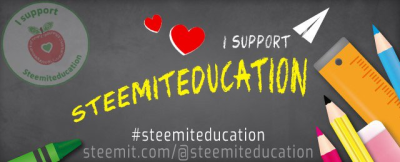
 Posted from my blog with https://wordpress.org/plugins/steempress/
http://lasocia.vornix.blog/2018/11/07/science-at-home-fun-homemade-experiments-for-the-little-ones-lets-learn-about-the-properties-of-paper/
Posted from my blog with https://wordpress.org/plugins/steempress/
http://lasocia.vornix.blog/2018/11/07/science-at-home-fun-homemade-experiments-for-the-little-ones-lets-learn-about-the-properties-of-paper/ 







